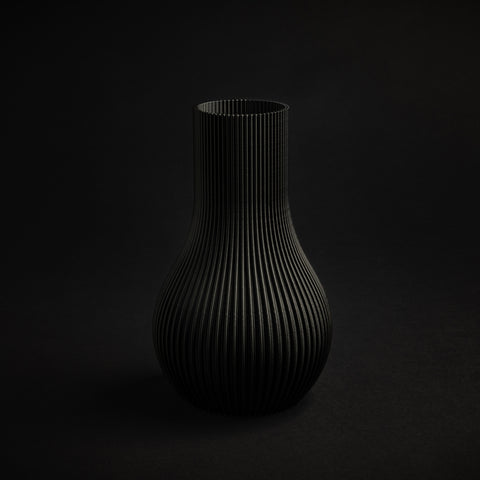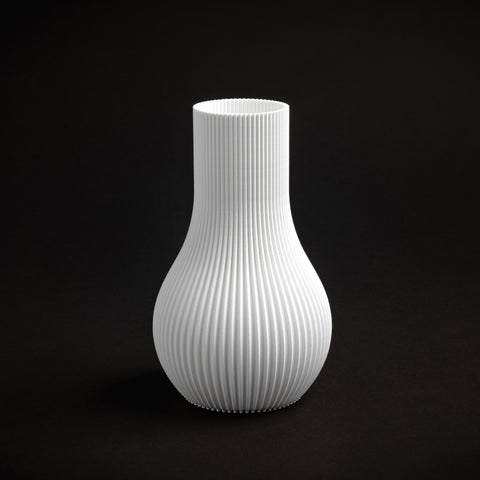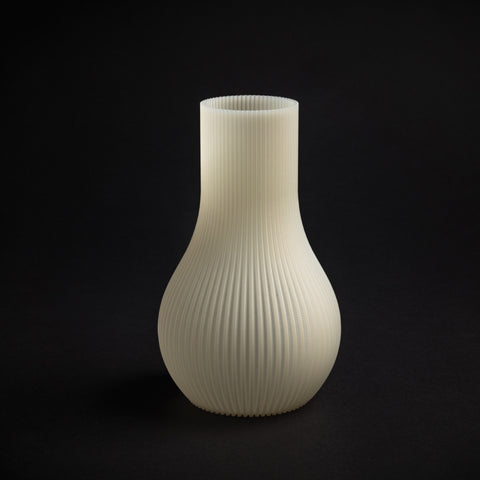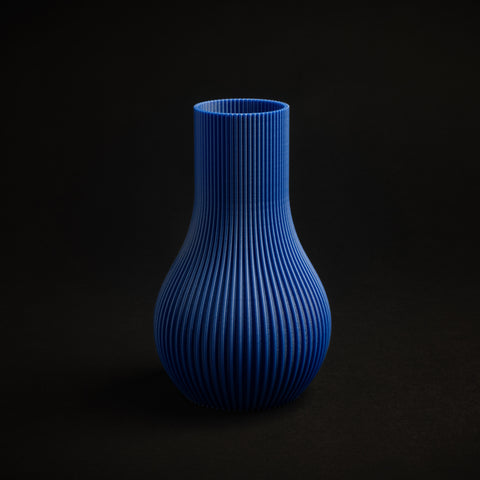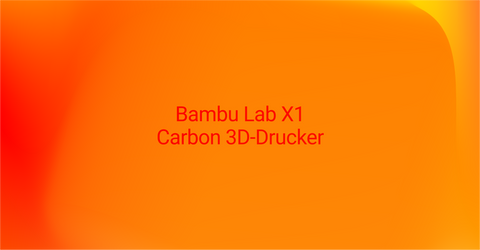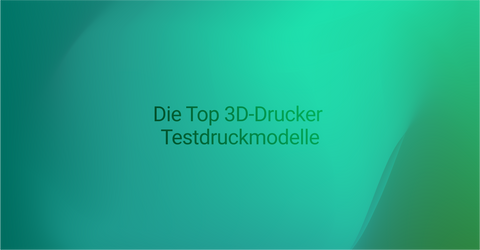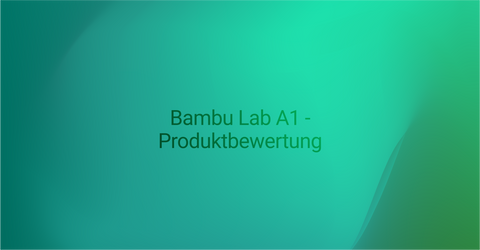TL;DR: Try lowering the first layer speed to 10mm/s, first layer fill to 30mm/s, increasing first layer nozzle and bed temperature. 
To achieve better layer adhesion when printing with PLA on a Bambu printer, there are various settings and techniques you can adjust and apply:
-
Bed temperature: For Bambu printers, a bed temperature of around 55°C is often recommended for good adhesion with PLA. Some users have found success with temperatures up to 35°C, but this may vary depending on the specific brand of filament you use. Eliminating glue sticks can reduce mess and simplify the printing process, although some users prefer a light application of glue for certain filaments.
-
Printing Temperature: PLA typically prints best between 200°C and 230°C. You may need to experiment within this range to find the optimal temperature for your specific filament and printer. Bambu printers have a maximum volumetric speed that you should consider when adjusting the print temperature, as higher speeds may require higher temperatures for reliable prints.
-
Print Speed: PLA prints generally benefit from moderate speeds. While some printers can handle very high speeds (up to 500mm/s), for Bambu printers it is advisable to start at a lower speed and gradually increase it while monitoring print quality. This is particularly important for smaller or more complex models.
-
Layer Height and Retraction Settings: Choose a layer height between 0.1mm to 0.3mm for the best balance between detail and print speed. Adjust retraction settings to minimize stringing and feathering, which are common problems with PLA prints.
-
Bed Adhesion Techniques : Aside from using a heated bed, consider other methods such as painter's tape, glass panels, or adhesive solutions such as hairspray or glue sticks for improved bed adhesion.
-
Interior Infill Density and Wall Thickness: Adjust based on the specific needs of your project. A higher internal fill density provides more strength but increases material consumption and printing time. A wall thickness between 1-2mm is usually a good compromise for thickness and print time.
-
Overhang and Bridge Settings: PLA has good bridging capabilities, but excessive overhangs can cause problems. Adjust cooling settings and use support structures for overhangs that exceed 45-60 degrees.
- Calibration and Maintenance: Regular calibration of your printer ensures precise filament flow and layer adhesion. Proper storage of PLA filament is also crucial to maintain its quality and prevent brittleness.
Keep in mind that the optimal settings may vary depending on your specific printer model, filament brand, and the design of your object. It's often a process of trial and error to find the best settings for your setup.
